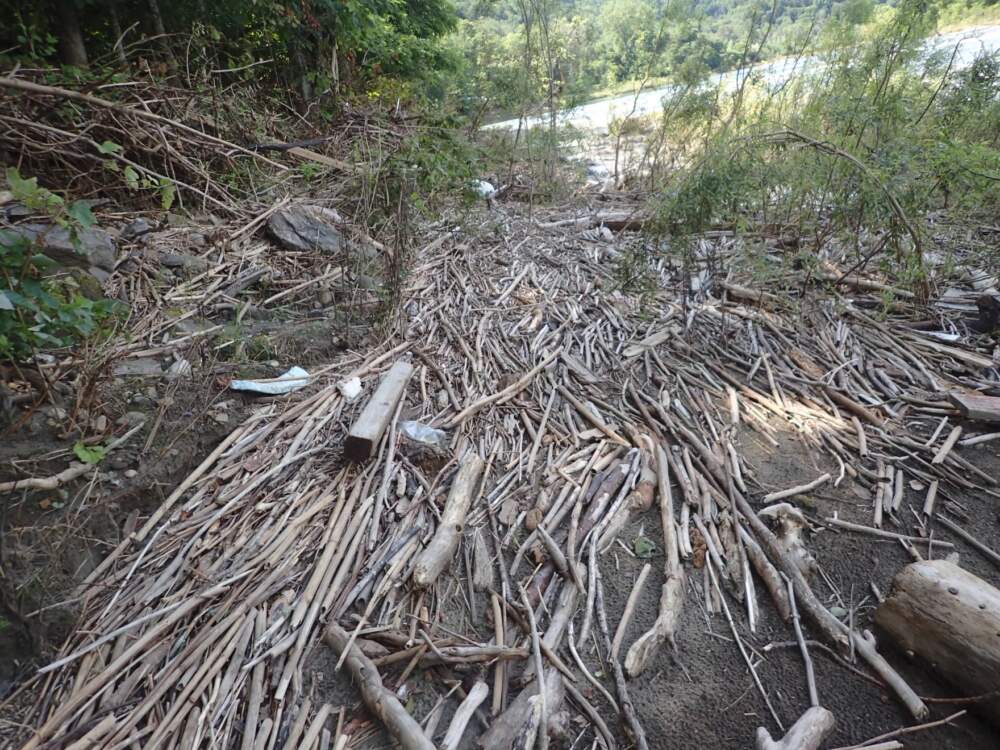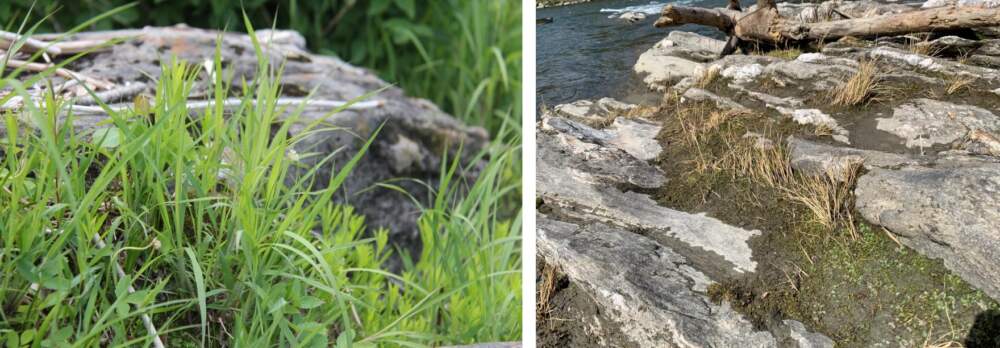Advertisement
Some of Vermont’s rarest plants were destroyed by summer floods

Flooding is a normal and necessary part of life for many plants that grow in the floodplains and dunes of Vermont. Usually, high waters occur in the winter or spring, then water levels go down during the height of the growing season.
But this year's floods were different.
“A lot of the flooding that’s happening in the summer and particularly the amount that it’s raising water bodies and rivers is rather unprecedented in the river gages in the last hundred years,” said Aaron Marcus, a botanist with Vermont Fish and Wildlife.
“A lot of our ecosystems and plants are not adapted specifically to these gigantic summer floods we’re starting to see a lot more of.”
Last month, Marcus visited a stretch of river with calcium deposits in the soil that’s home to several rare plants, like shining ladies’ tresses, a tiny orchid with flowers arranged in a spiral along its stem, and sticky false asphodels, a small white flower with a sticky stem, believed to be carnivorous.
There, about half of the sod along the shoreline had washed away.
“It was rather devastating to see,” Marcus said. “We don’t know how long it takes for the soil in that particular rare ecosystem to form — we don’t know how long it will take for the soil to grow back.”

Marcus had visited the site earlier this summer and had counted nearly a hundred flowering stems of sticky false asphodels at the time — one of the healthiest known populations in the state.
“When we went back, there were less than a dozen,” they said. “The other ones I guess had all been ripped out.”
The same was true of the shining ladies tresses, Marcus said. “We didn’t find a single flowering or fruiting stem — we just found a few leaves that were still in the ground.”
Another highly endangered plant in Vermont — a purple flower called Jesup's milk-vetch that only grows in a handful of places in the world — was also hard hit by this year's flooding.
“We might lose this,” botanist Bob Popp, who’s been monitoring the plants for decades, told Vermont Public earlier this month.
Marcus said they’ll have to wait until next year to see the full impact of the floods — and how many plants managed to stick around.
Erica Heilman contributed reporting.
This story is a production of the New England News Collaborative. It was originally published by Vermont Public.